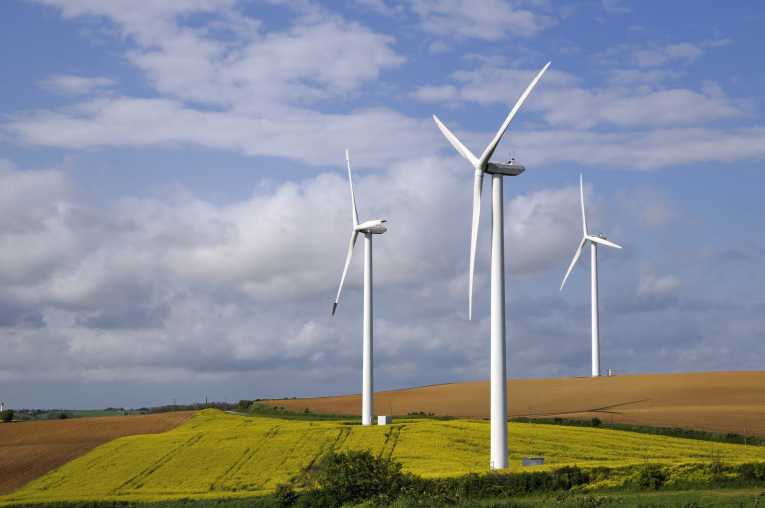In his seminal work ''On the Origin of Species'' Charles Darwin proposed the theory of evolutionary change to explain the diversity of life through the process of natural selection; essentially, only (genetic) changes that bring an advantage to the species in question are propagated from one generation to the next. This concept has been adopted by computer scientists to produce ''evolutionary algorithms'' which are designed to optimise processes in a step-wise fashion.
Dr Frank Neumann of the School of Computer Science at the University of Adelaide is using this approach to determine the best placement of turbines on a wind farm to enhance their productivity. The project involves collaboration with researchers at the Massachusetts Institute of Technology. Dr Neumann explained that: ''Renewable energy is playing an increasing role in the supply of energy worldwide and will help mitigate climate change. To further increase the productivity of wind farms, we need to exploit methods that help to optimise their performance.''
According to Neumann, the question of the exact placement of turbines with respect to one another is highly complex due to the complex aerodynamics of the wind turbines. By utilising evolutionary algorithms, it is hoped that it will be possible to optimise wind turbine placement to take into account so-called ''wake effects'', wind factors and minimising the footprint of the wind farm, saving land.
''An evolutionary algorithm is a mathematical process where potential solutions keep being improved a step at a time until the optimum is reached,'' explains Neumann. ''As with evolution, each population or 'set of solutions' from a new generation should get better. These solutions can be evaluated in parallel to speed up the computation.''
According to Dr Neumann, existing approaches to the problem of placement of turbines within a wind farm are only able to deal with a limited number of turbines. Using his new approach, he claims to have been able to develop an accurate and efficient algorithm which can deal with up to 1000 turbines. The next stage of the project is to refine the algorithms with different models for wake effects and other complex aerodynamic factors.










